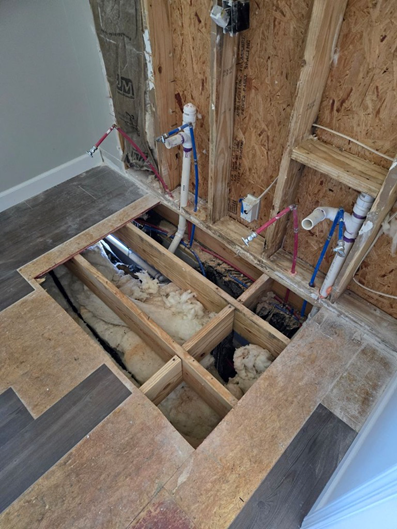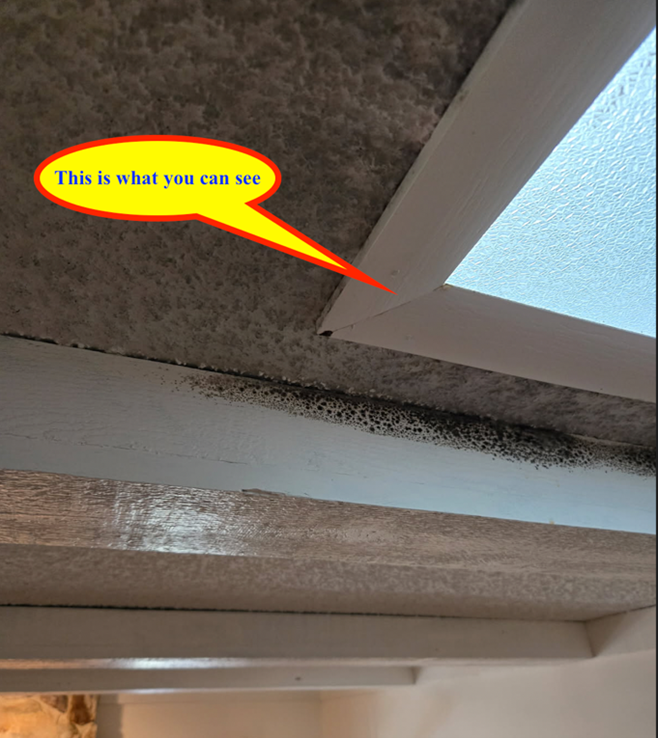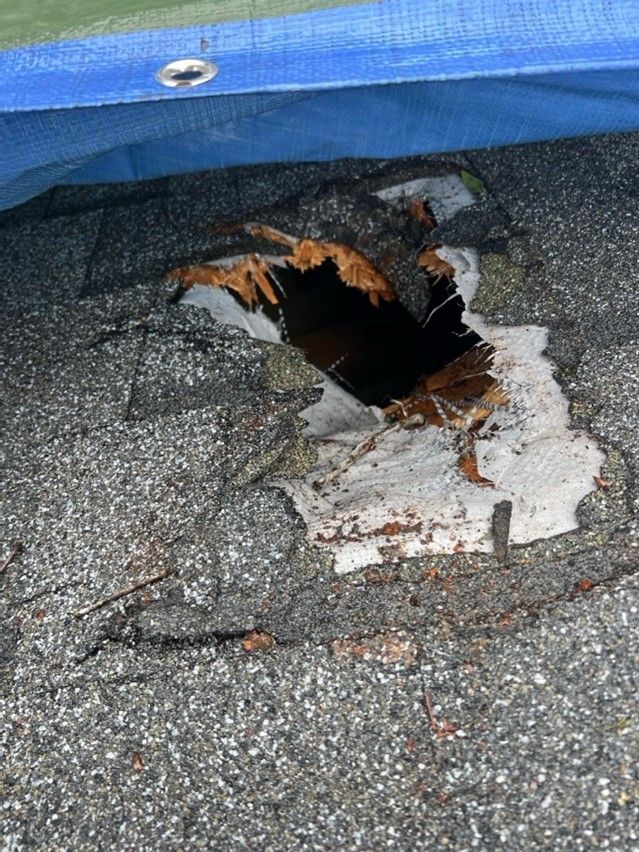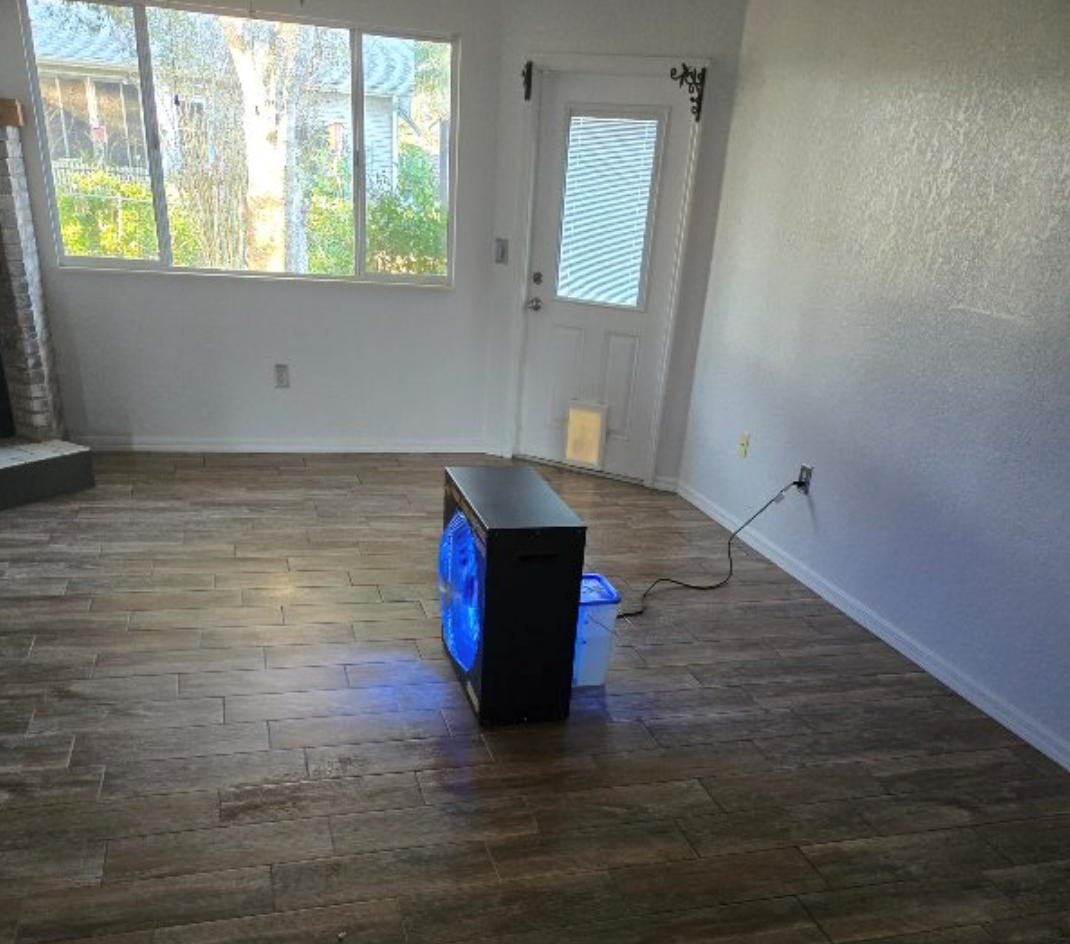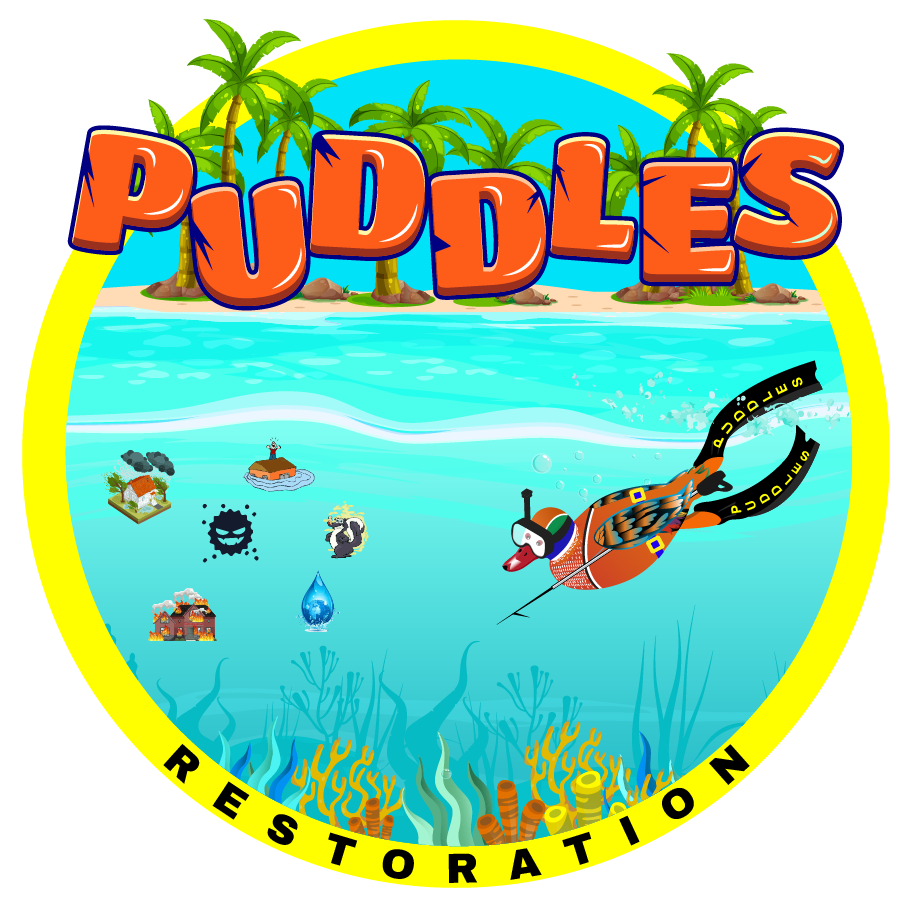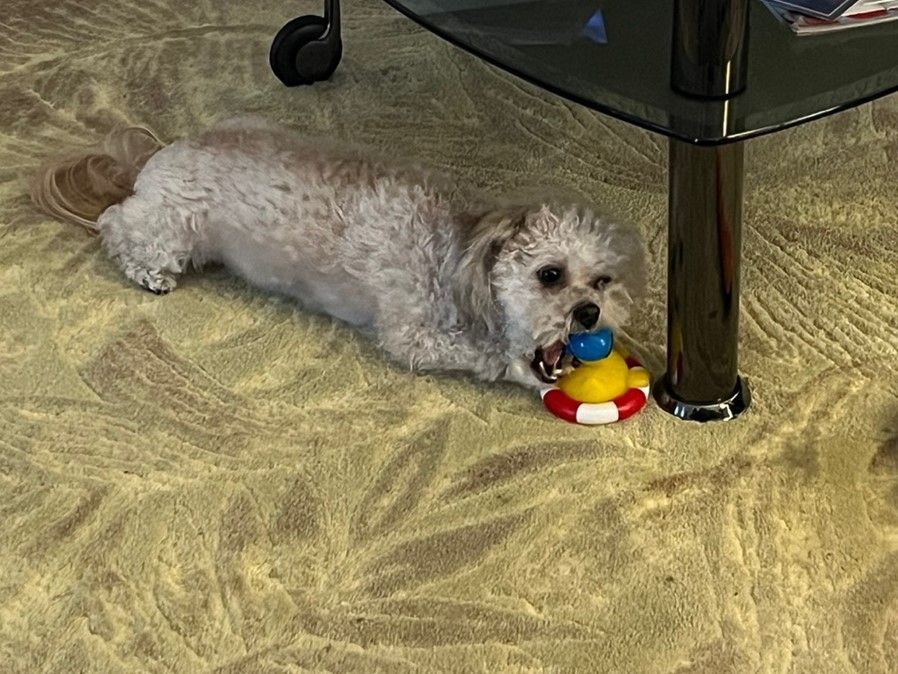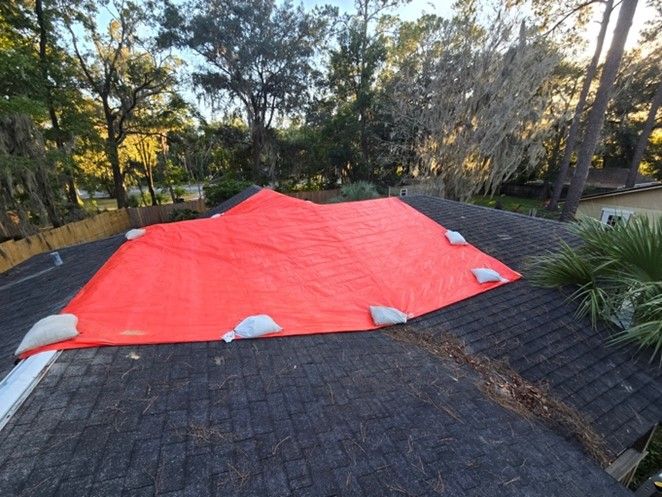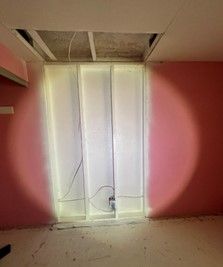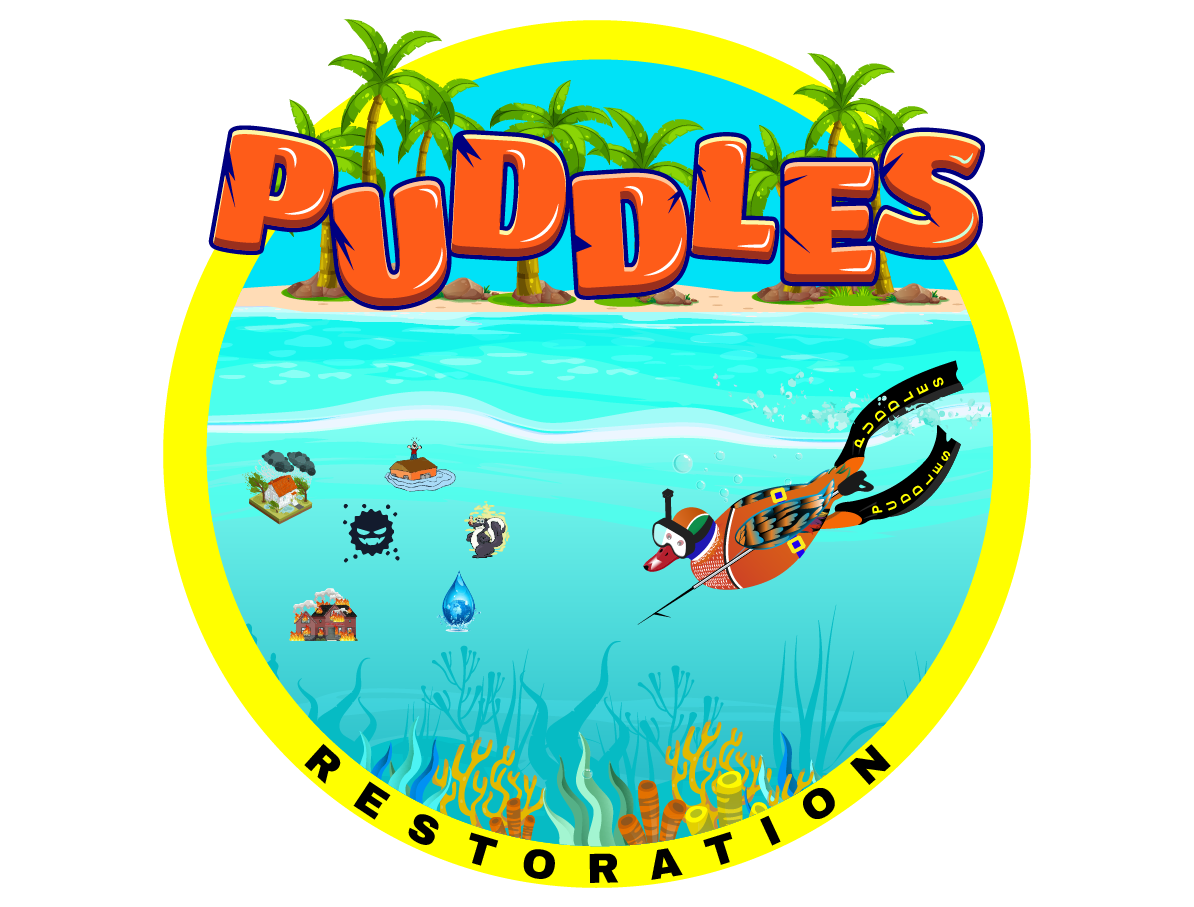Safeguarding Your Furry Friends: A Guide to Cleaning Up Pet Areas After Water Damage in Summerfield, FL & Ocala, FL
Water damage, whether from a leaky pipe, a flood, or a tropical storm, can wreak havoc on your home and disrupt your daily life. But amidst the chaos of cleanup and restoration, it's important not to overlook the impact on your furry family members.
At PUDDLES Restoration Services of Ocala & The Villages, we understand the importance of safeguarding your pets' well-being during and after a water damage incident. In this guide, we'll provide you with the knowledge and tools needed to effectively clean up pet areas, mitigate health risks, and create a safe and comfortable environment for your four-legged friends.
Understanding the Risks: Water Damage and Pet Safety
Water damage can create a breeding ground for mold, bacteria, and other contaminants that pose health risks to both humans and animals. Pets are particularly vulnerable due to their smaller size, closer proximity to the ground, and tendency to explore and investigate their surroundings by licking floors, walls, furniture, etc.
Here are some potential hazards to be aware of:
- Mold: Mold thrives in damp environments, and water-damaged pet areas can quickly become infested. Mold exposure can cause allergic reactions, respiratory problems, and other health issues in pets.
- Bacteria and Parasites: Contaminated water can harbor harmful bacteria and parasites that can cause infections and gastrointestinal problems in pets.
- Chemical Exposure: Cleaning products, disinfectants, and other chemicals you may use to restore your property can be toxic to pets if ingested or inhaled, including fish tanks if contaminated.
- Structural Hazards: Water damage can weaken structures and create safety hazards.
Prioritizing Pet Safety During Cleanup
When dealing with water damage, prioritizing your pet's safety is crucial. Here are some essential steps to take:
- Evacuate Your Pets: If the water damage is extensive or you suspect contamination, evacuate your pets to a safe and dry location. Consider boarding them at a kennel or staying with friends or family until the cleanup is complete.
- Restrict Access: If evacuation isn't possible, restrict your pets' access to the affected areas to prevent exposure to hazards.
- Provide a Safe Space: Set up a comfortable and secure space for your pets away from the cleanup activities, ensuring they have access to food, water, and their favorite toys.
- Monitor for Health Issues: Watch for any signs of illness in your pets, such as coughing, sneezing, vomiting, diarrhea, or lethargy. Contact your veterinarian immediately if you notice any concerning symptoms.
Effective Cleaning and Sanitizing of Pet Areas
Once the initial water damage has been addressed and the area is deemed safe, it's time to focus on cleaning and sanitizing your pet's living spaces. Follow these steps for thorough and effective cleaning:
- Remove Debris and Damaged Materials: Discard any items that have been damaged beyond repair, such as bedding, toys, or food bowls. Remove any debris or dirt from the affected area.
- Clean and Disinfect Hard Surfaces: Wash all hard surfaces, including floors, walls, and furniture, with a pet-safe disinfectant solution. Pay special attention to areas where your pet spends most of their time, such as their bed or crate.
- Clean and Sanitize Soft Surfaces: If possible, wash all soft surfaces, such as pet beds, blankets, and toys, in hot water with a pet-safe detergent. If the items cannot be washed, consider discarding them or having them professionally cleaned.
- Dry Thoroughly: Ensure all surfaces are completely dry to prevent mold growth. Use fans, dehumidifiers, or open windows to aid the drying process.
- Vacuum and Steam Clean: Vacuum all carpets, rugs, and upholstered furniture thoroughly to remove any remaining dirt or debris. Consider professional steam cleaning of these surfaces for deeper cleaning and sanitization.
- Air Purifiers: Use air purifiers with HEPA filters to remove mold spores, dust, and other allergens from the air.
Pet-Safe Cleaning Products
When cleaning up pet areas, it's crucial to use pet-safe cleaning products to avoid exposing your furry friends to harmful chemicals. Look for products that are specifically labeled as pet-safe or consult your veterinarian for recommendations.
- Avoid harsh chemicals: Avoid using bleach, ammonia, or other harsh chemicals that can be toxic to pets.
- Choose natural cleaners: Opt for natural cleaners, which are generally safe for pets.
- Cleaning solutions: Always follow the instructions on cleaning products and dilute them properly when recommended to reduce irritation or toxicity.
- Ventilate the area: Ensure adequate ventilation when cleaning to prevent your pets from inhaling fumes.
- Supervise your pets: Keep your pets away from cleaning supplies and supervise them during the cleaning process.
Additional Tips for Pet Owners in Ocala and The Villages
In addition to the general cleaning and sanitizing steps, consider these tips specific to our region:
Here are some general tips:
- Be aware of humidity: The humid climate in Ocala, FL and The Villages, FL can make it more challenging to dry out affected areas. Use dehumidifiers and fans to reduce moisture levels and to minimize mold growth.
- Beware of pests: Water damage can attract pests like insects and rodents. Take preventative measures to protect your pets from these unwanted visitors.
- Monitor outdoor areas: If your pet spends time outdoors, ensure their outdoor spaces are also clean and safe after water damage.
PUDDLES Restoration Services of Ocala & The Villages: Your Trusted Partner for Pet-Safe Restoration
At PUDDLES Restoration, we understand the importance of protecting your pets during and after a water damage incident. We'll work diligently to restore your home to a safe and healthy environment for both you and your furry companions.
Call today! 352-722-3790
